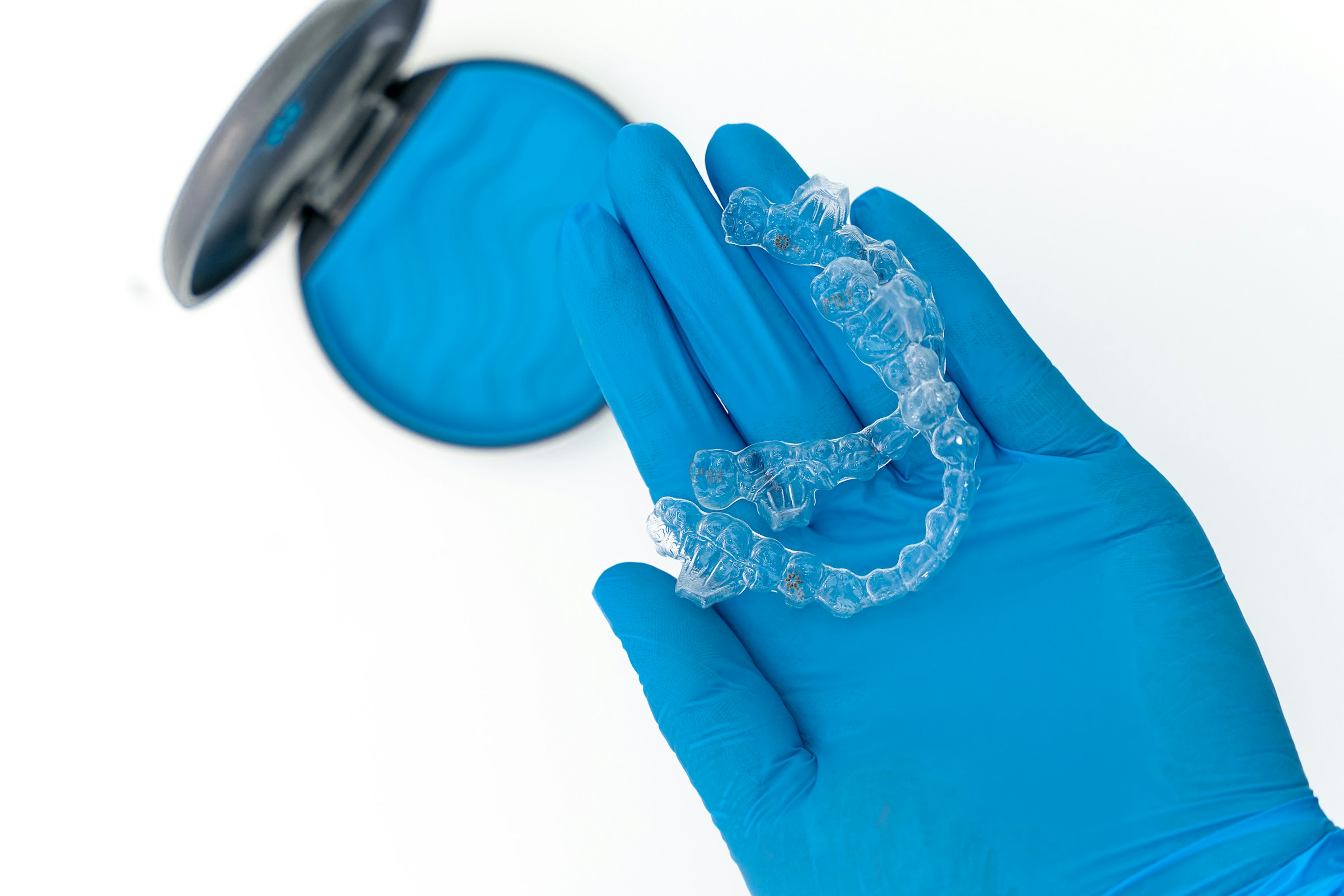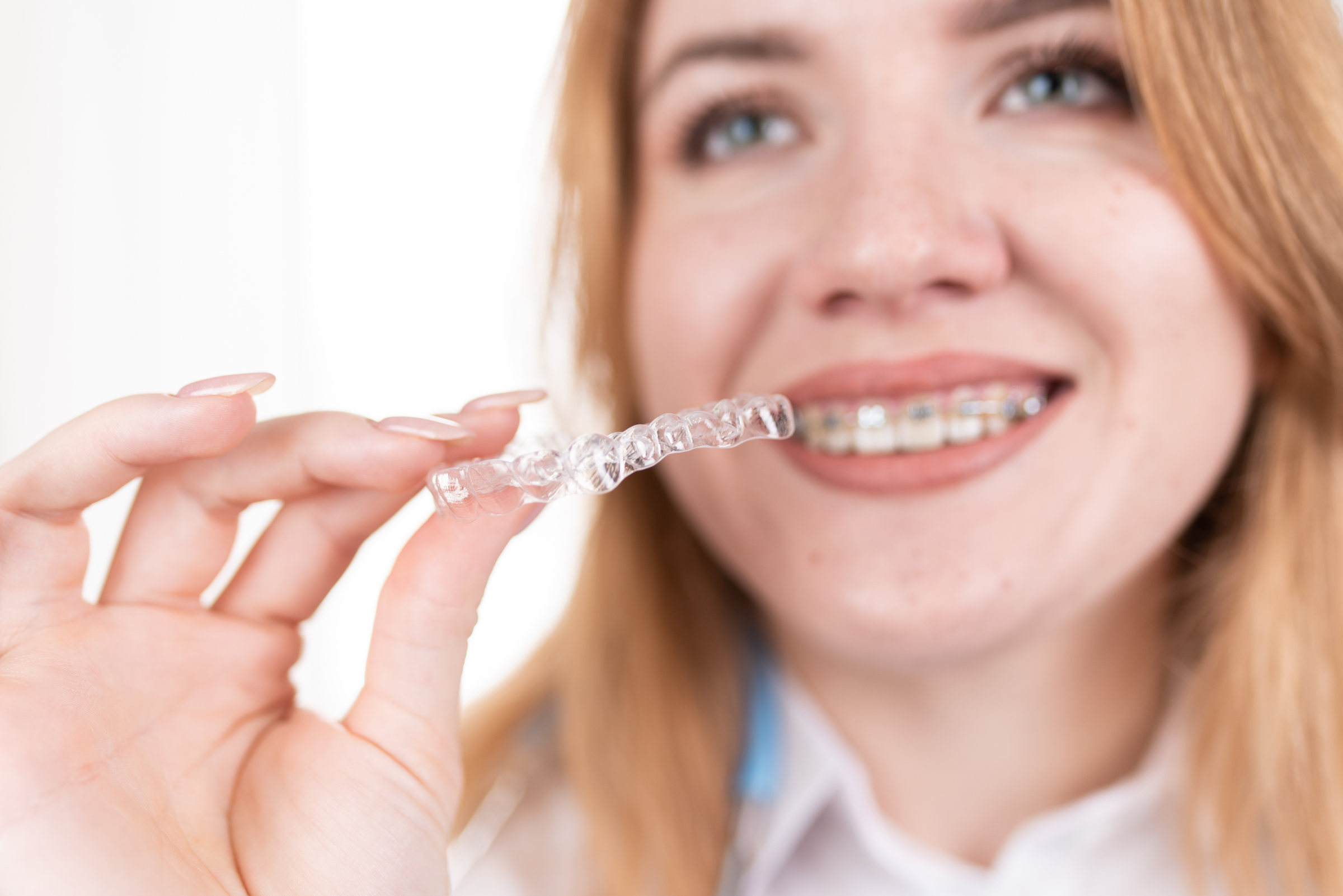Unlocking the Secrets to the Perfect Smile: Choosing the Right Toothbrush and Toothpaste
When it comes to dental care, the weapons of choice in the battle for oral hygiene aren’t to be selected lightly. A stroll down the dental care aisle can be overwhelming, with countless toothbrushes and toothpaste claiming to be the best. Fear not, for we’re here to guide you through the maze of options, helping you to choose the toothbrush and toothpaste that will elevate your oral health and brighten your smile.

The Mighty Toothbrush: Your First Line of Defence
1. Manual vs. Electric: The Eternal Debate
- Manual Toothbrushes: Simple, effective, and inexpensive, manual toothbrushes can clean teeth and remove plaque when appropriately used. They are also travel-friendly and come in various bristle types.
- Electric Toothbrushes are known for making brushing easier by providing a more thorough clean with less effort. They are particularly beneficial for those with limited mobility or children who may not have the manual dexterity for effective brushing. Studies show electric toothbrushes are more effective than manual ones in reducing plaque and gingivitis.
2. Bristle Type Matters
- Soft Bristles are recommended by dentists for most people. They are gentle on the gums and enamel, reducing the risk of damage from overbrushing.
- Medium and Hard Bristles are best avoided unless recommended by your dentist, as they can cause gum recession and wear down enamel over time.
3. Head Size and Shape
The head of the toothbrush should comfortably fit in your mouth, allowing you to reach all areas, especially those hard-to-reach places like the back molars. For most adults, a half-inch wide and one-inch tall head is ideal. The handle should be long enough for a comfortable grip.
The Guardian of Enamel: Choosing the Right Toothpaste
1. Fluoride: The Superhero Ingredient
Fluoride is the cornerstone of any effective toothpaste. It strengthens tooth enamel and fights tooth decay. Unless advised otherwise by your dentist, always choose a toothpaste containing fluoride.
2. Tartar Control and Whitening:
- Tartar Control: Plaque left on teeth hardens into tartar, which can lead to gum disease. Tartar-control toothpastes contain ingredients that help prevent tartar from forming.
- Whitening Toothpaste: This can remove surface stains on your teeth, making them appear whiter. However, it doesn’t change the natural colour of your teeth. Be cautious if you have sensitive teeth, as whitening toothpaste can sometimes be abrasive.
3. Sensitivity:
For those with sensitive teeth, toothpaste formulated to alleviate pain associated with tooth sensitivity can be a game-changer. These toothpastes typically contain potassium nitrate or strontium chloride, which block the pathways through the teeth that attach to nerves, reducing pain.
Final Thoughts
Your dental care routine is deeply personal, and what works for one person may not work for another. It’s always a good idea to consult your dentist when selecting a toothbrush and toothpaste. They can provide recommendations based on your oral health concerns. Remember, the most effective toothbrush and toothpaste are the ones you use regularly. Twice a day, two minutes each time, is the golden rule for brushing. Combine this with regular dental check-ups, and you’re well on your way to achieving and maintaining the perfect smile.


